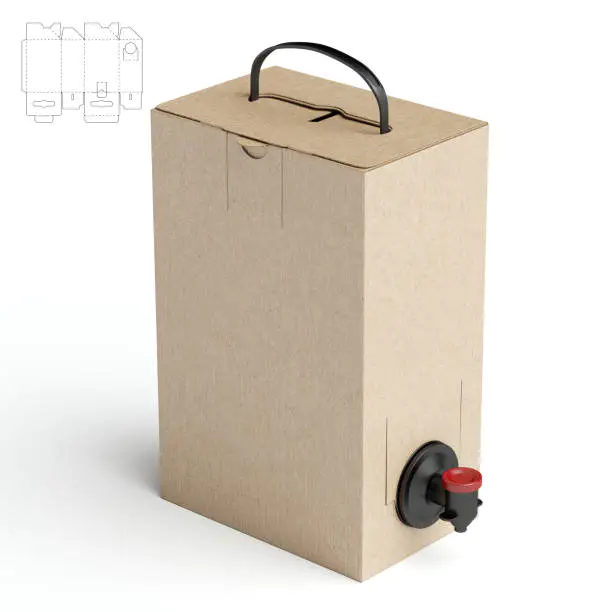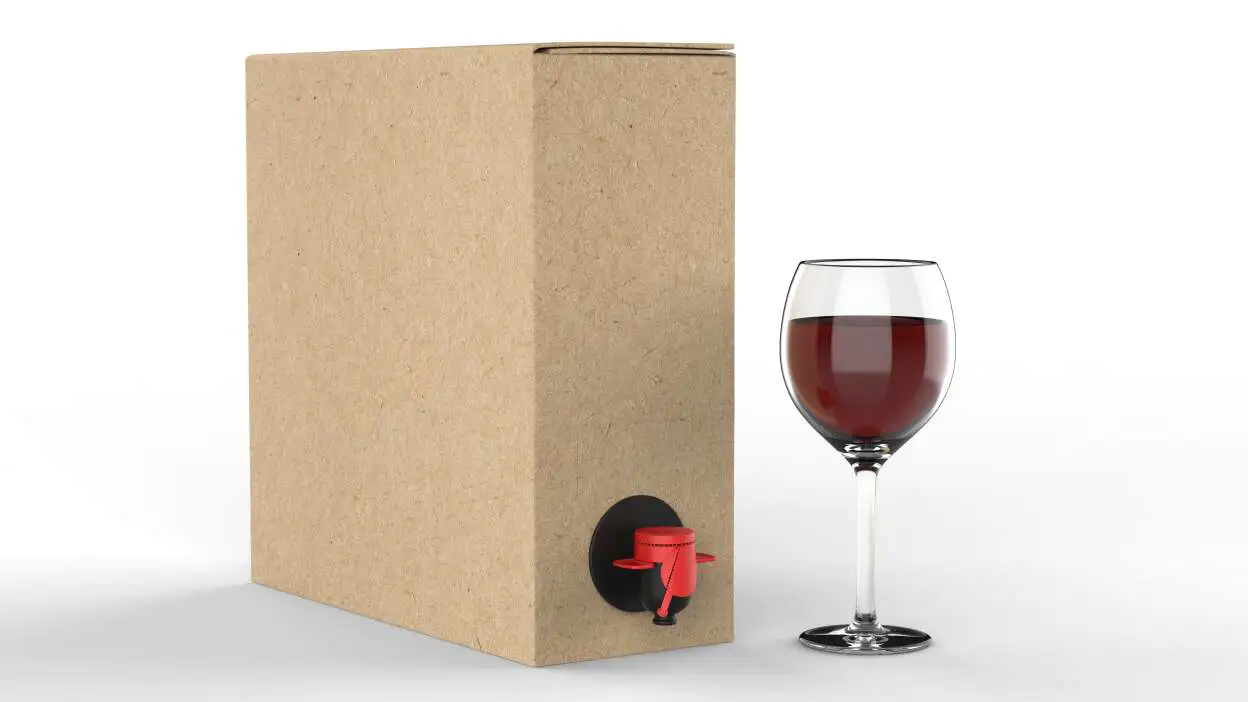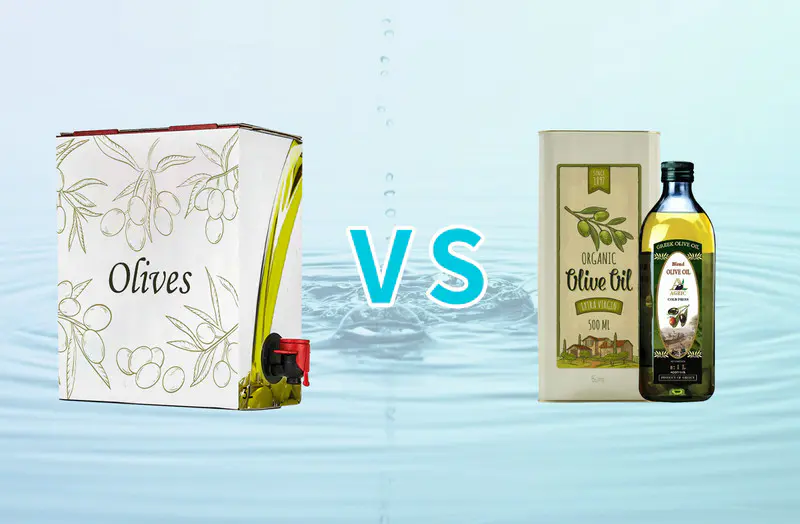I. Introduction
Think of the last time you poured a glass of wine at a picnic, enjoyed juice at a breakfast buffet, or used a large dispenser for hand soap. Chances are, the container was a simple, unassuming box with a tap—a bag-in-box. Often overlooked, this packaging innovation has quietly revolutionized how we store, transport, and consume a wide range of liquids. It's a container system that, at its core, is remarkably straightforward: a flexible, sealed bag is placed inside a sturdy outer box, complete with an attached tap or dispenser.
The story of the bag-in-box began not in a vineyard, but in a garage. Developed in the 1950s by William R. Scholle, the initial design was intended for the safe transport of car battery acid. It wasn't long, however, before the immense potential of this leak-proof, space-saving design was recognized by the food and beverage industry. Since then, the bag-in-box has evolved from a niche industrial solution to a mainstream staple, prized for its ability to extend shelf life and offer unparalleled convenience.
II. The Anatomy of Bag-in-Box
While it may appear simple, the bag-in-box is a sophisticated system of three distinct components working together to protect its contents.
The Bag: This is the most crucial part for preservation. The bag is not a single layer of plastic, but a sophisticated, multi-layered film designed to be flexible yet incredibly strong. The inner layers are food-grade and ensure product safety, while the outer layers often contain an oxygen-barrier material, such as foil or a metallized film. This barrier is essential for keeping air out and preventing oxidation, which is what causes many products, like wine and juice, to spoil.
The Tap/Dispenser: The innovative tap is what truly sets the bag-in-box apart. Its design is based on a simple but ingenious principle: it creates a vacuum seal. As liquid is poured from the tap, the bag collapses around the remaining contents. This prevents any air from entering the bag, meaning the product inside remains fresh for weeks or even months after the first use. There are various tap styles, each engineered for specific products and dispensing needs.
The Box: The cardboard box serves several vital functions. It provides the necessary structural integrity for the entire package, allowing for easy handling and efficient stacking during transportation and storage. Beyond its structural role, the box is a canvas for branding, marketing, and essential product information. It protects the delicate inner bag from punctures, light exposure, and other external factors that could compromise the product's quality.

III. Key Benefits of Bag-in-Box
The combination of its distinct components gives the bag-in-box a compelling list of advantages that have made it a preferred choice across a variety of industries.
Extended Shelf Life: For products sensitive to air, such as wine and juice, the bag-in-box is a game-changer. The tap's vacuum seal prevents oxygen from coming into contact with the liquid after the package has been opened. This significantly extends the product's freshness, allowing consumers to enjoy it over an extended period without worrying about spoilage. A bottle of wine, for example, typically spoils within a few days of opening, while a bag-in-box can remain fresh for several weeks.
Cost-Effectiveness: The lightweight and flexible nature of the bag-in-box system results in substantial cost savings. Because the packaging is significantly lighter than glass or rigid plastic, it reduces transportation costs and fuel consumption. Its rectangular shape also allows for more efficient stacking, meaning more units can be shipped per pallet, further lowering logistical expenses.
Convenience: Bag-in-box packaging is designed with the user in mind. The integrated tap provides easy, mess-free dispensing. Its portability makes it perfect for outdoor events, picnics, and camping. Moreover, because the bag collapses as it's emptied, it takes up far less space in the waste bin compared to bulky bottles or cartons, reducing post-consumer waste volume.
Sustainability: This packaging solution offers a clear win for the environment. It uses considerably less material than rigid alternatives, which translates to a smaller carbon footprint during production and transport. The outer cardboard box is widely recyclable, and ongoing innovations are addressing the challenges of recycling the multi-layered inner bag, making the entire system increasingly sustainable.
IV. Common Applications and Industries
The versatility of the bag-in-box system has led to its adoption across a diverse range of industries, far beyond its initial use for industrial chemicals.
Wine: This is perhaps the most famous application. Bag-in-box has democratized wine consumption, making it accessible for casual enjoyment and by-the-glass service in restaurants and bars. It protects the wine from
oxidation, allowing a single box to serve multiple glasses over a long period without compromising quality, a feat impossible with an opened bottle.
Beverages: The efficiency and freshness of bag-in-box are a natural fit for beverages. From fruit juices and concentrated syrups to water and milk, the format is a staple in institutional settings like schools, hotels, and cafeterias. It provides a hygienic, convenient, and high-volume solution for dispensing a variety of drinks.
Food Service: In professional kitchens, where bulk quantities are the norm, bag-in-box is a game-changer. It's used for storing and dispensing cooking oils, condiments, sauces, and other liquid ingredients. The ease of use and reduced waste help streamline operations and maintain food safety standards.
Chemicals and Industrial Products: Returning to its roots, the bag-in-box is still a trusted solution for non-food liquids. It is used to package everything from cleaning supplies and disinfectants to paints and adhesives, providing a safe, durable, and cost-effective way to transport and store these products.
V. Environmental Impact and Sustainability
One of the most compelling arguments for the widespread adoption of bag-in-box packaging is its positive impact on the environment. It stands out as a more sustainable alternative to many traditional packaging formats.
Material Reduction: The bag-in-box system uses significantly less material than its rigid counterparts. For example, a 3-liter bag-in-box uses approximately 80% less material than four standard 750ml glass bottles, resulting in a considerable reduction in raw material consumption and waste.
Recyclability: The outer cardboard box is made from a renewable resource and is easily recyclable in most regions. While the multi-layered inner bag presents a greater challenge due to its composite nature, advancements are being made. Many manufacturers are developing recyclable bag materials, and specialized recycling programs are emerging to handle the bags, ensuring that a larger portion of the package can be diverted from landfills.
Carbon Footprint: The lightweight and space-efficient design of the bag-in-box leads to a major reduction in its carbon footprint. Because the packages are lighter and can be stacked more tightly, more product can be transported on each truck, reducing the number of shipments required and, consequently, lowering greenhouse gas emissions from transportation.

VI. Challenges and Considerations
Despite its many advantages, the bag-in-box is not without its challenges. Addressing these points is crucial for its continued growth and acceptance.
Perception: For many years, bag-in-box packaging was synonymous with inexpensive, low-quality products, particularly in the wine industry. This stigma has been a major hurdle. However, this perception is gradually changing as a growing number of premium brands adopt the format for its superior preservation qualities and environmental benefits, helping to reframe it as a smart, modern choice.
Durability: While the outer box provides structural support, the inner bag can be vulnerable to punctures or damage if mishandled. If the bag is compromised, it can lead to leaks and spoilage. Manufacturers are continuously working to improve the strength and resilience of the film materials to mitigate this risk, but careful handling remains important.
VII. The Future of Bag-in-Box
The bag-in-box is not a static technology; it's an evolving solution that is continually adapting to modern consumer demands and environmental priorities. Its future is defined by a commitment to innovation and expansion.
Innovations: The focus of new developments is on improving both the functionality and the sustainability of the system. This includes the creation of new, more eco-friendly film materials that are easier to recycle or are made from biodegradable polymers. Furthermore, smart packaging features, such as QR codes that provide product information or track expiration dates, are being integrated to enhance the user experience and improve supply chain management.
Growing Market: The global shift towards sustainability and convenience is driving a significant expansion of the bag-in-box market. As more industries recognize its economic and environmental benefits, new applications are emerging. From high-end olive oils and specialty craft beverages to a wider range of industrial liquids, the bag-in-box is poised to become an even more prominent fixture in both commercial and consumer sectors.

 中文简体
中文简体 英语
英语 西班牙语
西班牙语 俄语
俄语 葡萄牙语
葡萄牙语 法语
法语 德语
德语 意大利语
意大利语























